This is not a rhetorical question. Take a minute and think about your answer. Or better yet, think of three or four very different answers.
Did your answers make you smile? I hope so. One of the biggest challenges in a busy life is to find time for things that make us happy. We spend so much energy on things that are important and necessary it can hard to find time to do things that recharge our batteries. This is an invitation to find time to follow through on just one of those ideas. You may not be able to do it exactly the way you imagined. Focus on the essence of your idea and try to find a way to make it happen.
If you would like to share your wishes or make a public commitment to your plans, please use the comments section below.
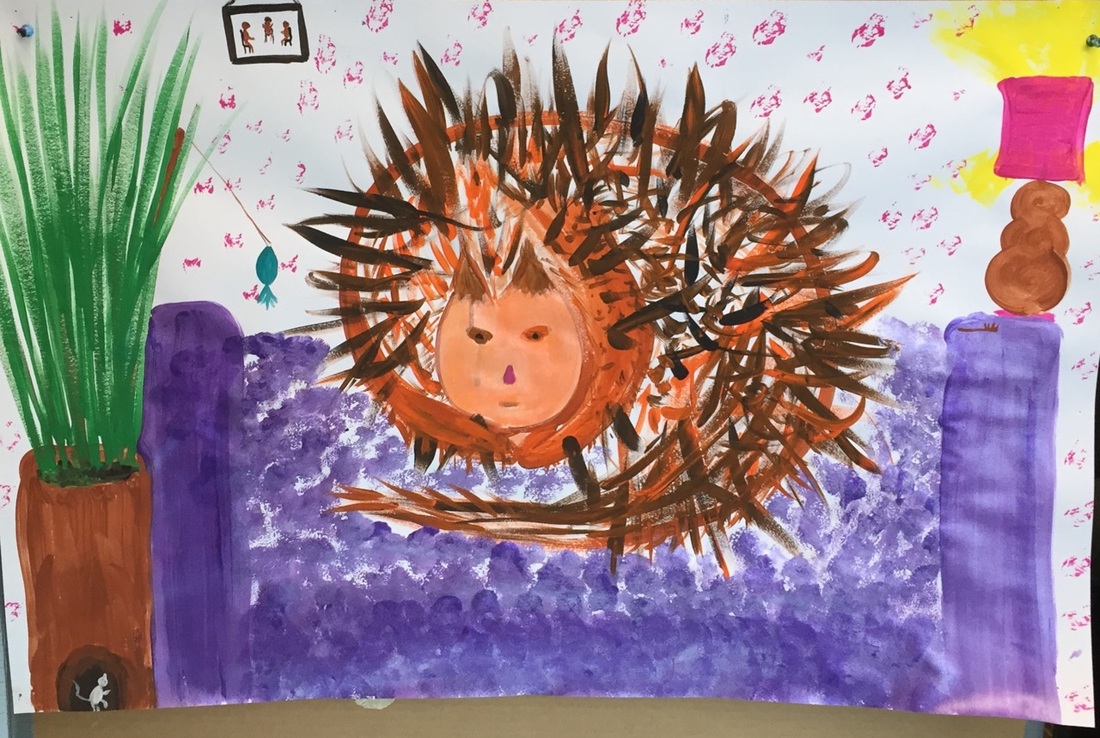
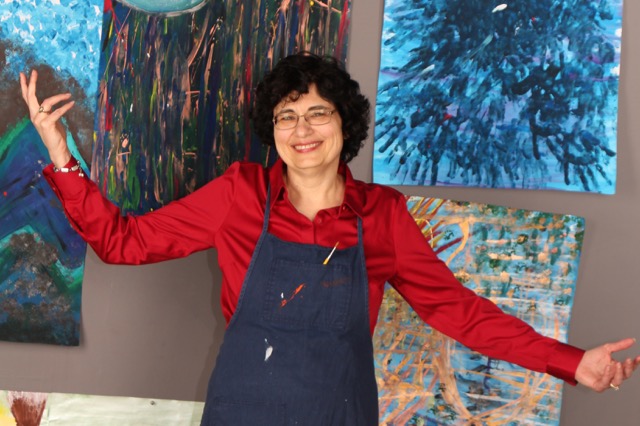
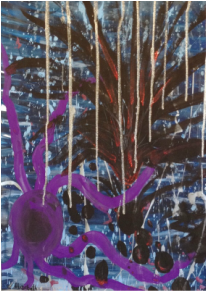
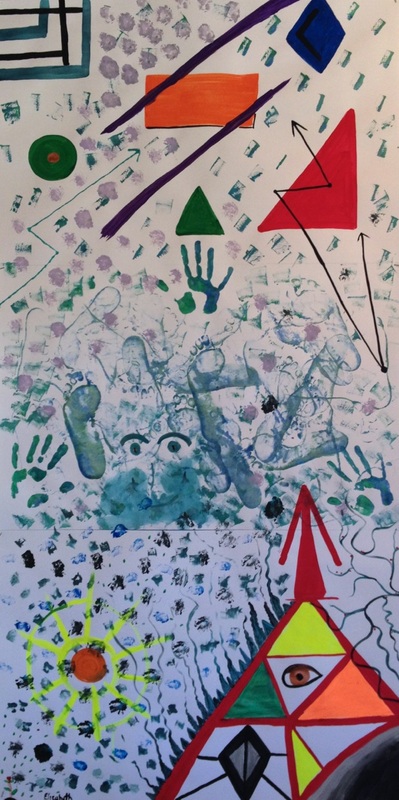

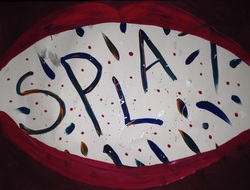
 RSS Feed
RSS Feed
